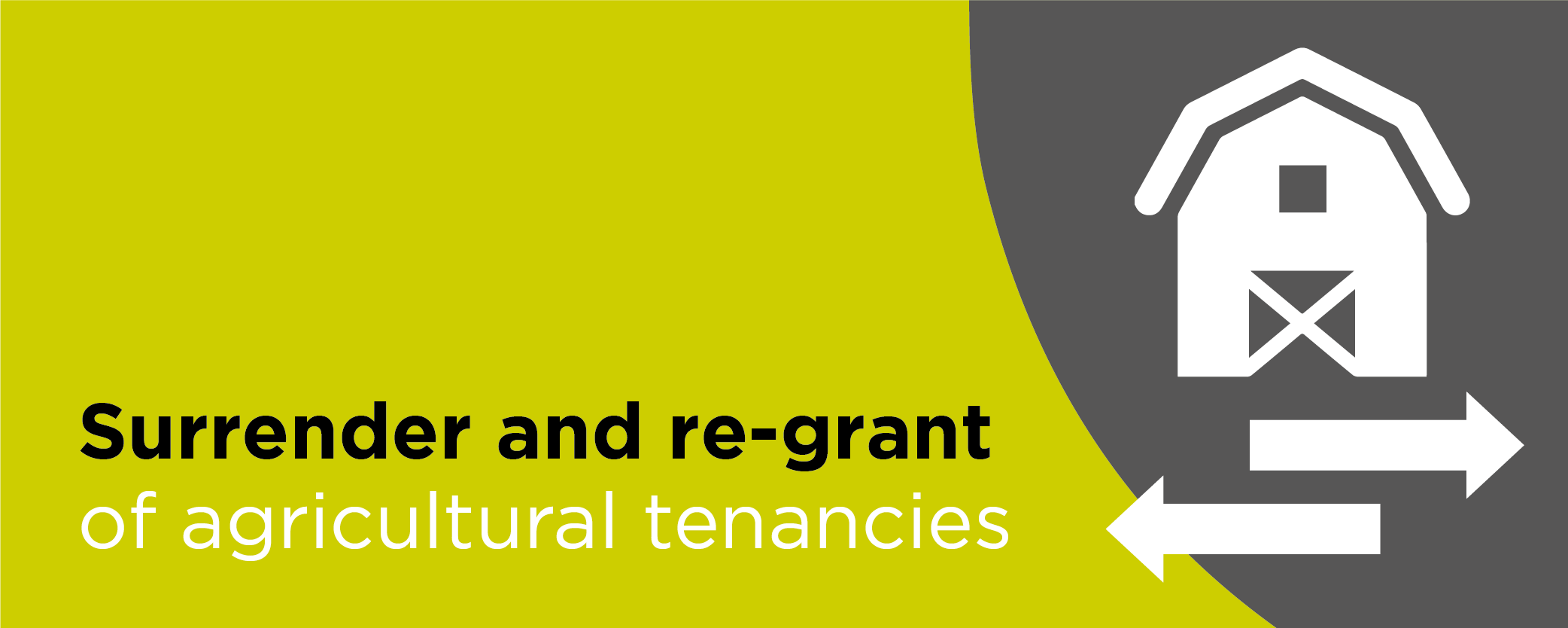- Basildon 01268244144
- Chelmsford 01245453800
- Colchester 01206217300
- London 020 4586 1280

Farming is not just a business but a way of life for generation after generation. To ensure that there is a viable business to pass on, planning must be undertaken early to enable farmers to maximise tax reliefs that may be available.
Understanding Agricultural Property Relief
Perhaps the most widely known relief is Agricultural Property Relief (APR). As the name suggests, APR provides relief against the agricultural value (i.e. not the market value) of any agricultural property that passes on death or is gifted during a lifetime.
Criteria for Claiming APR
Property on which relief is being claimed must be agricultural in nature, such as cultivating and producing food, rearing livestock, etc. In addition, the property or land must have been occupied by the donor/deceased for the purposes of agriculture throughout the 2 years before the gift of death or owned by the donor/deceased for 7 years and occupied throughout those 7 years for agriculture purposes.
Relief Differentiation and Tenancy Updates
In most cases, 100% relief will be available. However, only 50% relief may be claimed in some cases, primarily where there is no right to vacant possession. This is often agricultural land let before 1 September 1995, which only attracts 50% relief. It is not uncommon, therefore, for farming families to consider updating tenancy agreements to maximise this relief.
Providing a landlord and tenant are in agreement; a position can be created to enable the landowner to qualify for the full relief whilst the tenant maintains the benefit of an Agricultural Holdings Act tenancy, as often rights of succession are protected. However, whilst this may mitigate Inheritance Tax (IHT), there may be implications in relation to Capital Gains Tax (CGT) and Stamp Duty Land Tax (SDLT).
CGT Considerations and Revenue Concessions
On the surrender of the initial tenancy and re-grant of a new tenancy, a liability to CGT may arise as the tenant will be deemed to be making a disposal. Furthermore, the value of the new tenancy will be regarded as a consideration.
The Revenue has, however, granted a concession, meaning that CGT will not be payable on a re-grant between the same parties and for a longer term as long as certain conditions are met. These include: –
That the transaction is made at “arm’s length” regardless of whether the parties are connected or not connected
It is not part of (or connected with) a larger scheme or series of transactions
No capital sum is received by the tenant (i.e. money paid for allowing the surrender)
The extent of the property under the new lease is the same as the old lease
The terms of the new lease (other than the duration of term or rent payable) do not differ from the old lease.
SDLT Implications
Consideration must also be given to SDLT as the granting of a new tenancy may be subject to SDLT depending on the rent payable. A return is then required within 30 days of the completion of the new tenancy.
Weighing Costs, Risks, and Tax Savings
Anyone seeking to proceed with such an arrangement must do so with proper advice and caution, as the Revenue will question the details of any claim. However, although there are obvious costs and risks, the benefit will be outweighed by the ultimate tax savings in most cases.
For further information on the surrender and re-grant of tenancies, please get in touch. I can be contacted on 01206 217618 or via email at samuel.flower@birkettlong.co.uk



Comments